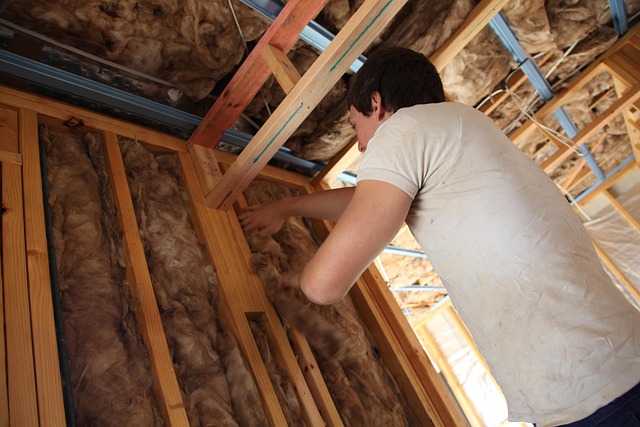Cholera Outbreaks in a Melting World: A Growing Threat to Environmental Health
As climate change accelerates and glaciers continue to melt at unprecedented rates, the world is witnessing profound shifts in environmental health. One of the most alarming consequences is the increased risk of cholera outbreaks, especially in vulnerable regions where warming temperatures and changing water patterns create ideal conditions for this deadly waterborne disease to spread.
The Link Between Melting Ice and Cholera
Rising global temperatures are causing polar ice caps and glaciers to melt rapidly, which directly impacts freshwater supplies, coastal ecosystems, and the quality of water in many parts of the world. This melting alters the delicate balance of aquatic environments, often leading to stagnation and contamination, which are prime breeding grounds for the bacteria that cause cholera.
Cholera thrives in environments where sanitation and clean water access are compromised. Melting glaciers can increase sediment and pathogen loads in rivers and lakes, spreading cholera bacteria and making it more difficult for communities to access safe drinking water. In coastal regions, warming seas fueled by climate change also foster conditions where cholera bacteria can multiply, further endangering populations.
The Overlapping Crisis of Climate Change and Environmental Health
Climate change is not only about rising temperatures; it’s a complex web that impacts everything from rainfall patterns to ecosystem stability. Increased flooding caused by melting ice can overwhelm sanitation systems, contaminating drinking water sources with human waste that carries cholera bacteria. Droughts, also exacerbated by climate shifts, reduce the availability of clean water, forcing communities to rely on unsafe sources.
In many parts of the world, these environmental stresses combine, making it easier for cholera epidemics to emerge and spread. The human toll of these outbreaks is devastating—cholera causes severe dehydration and can lead to death if untreated. For communities already suffering from food insecurity, displacement, and lack of healthcare, the threat of cholera adds yet another layer of crisis.
What Can Be Done?
Addressing cholera in the context of a melting world requires an integrated approach that combines climate resilience with public health efforts. Key steps include:
- Improving Water Infrastructure: Building and upgrading sanitation and water treatment facilities to withstand flooding and contamination.
- Strengthening Surveillance: Early detection of cholera outbreaks through robust monitoring systems can save lives by enabling quick responses.
- Community Education: Empowering communities with knowledge about hygiene practices and safe water use reduces transmission risks.
- Climate Mitigation: Reducing greenhouse gas emissions to slow down glacial melting and stabilize water systems.
The intersection of environmental degradation and public health challenges like cholera serves as a stark reminder of the real human consequences of a warming planet. With collective action, it is possible to break the cycle and protect vulnerable communities from the cascading effects of climate change.



